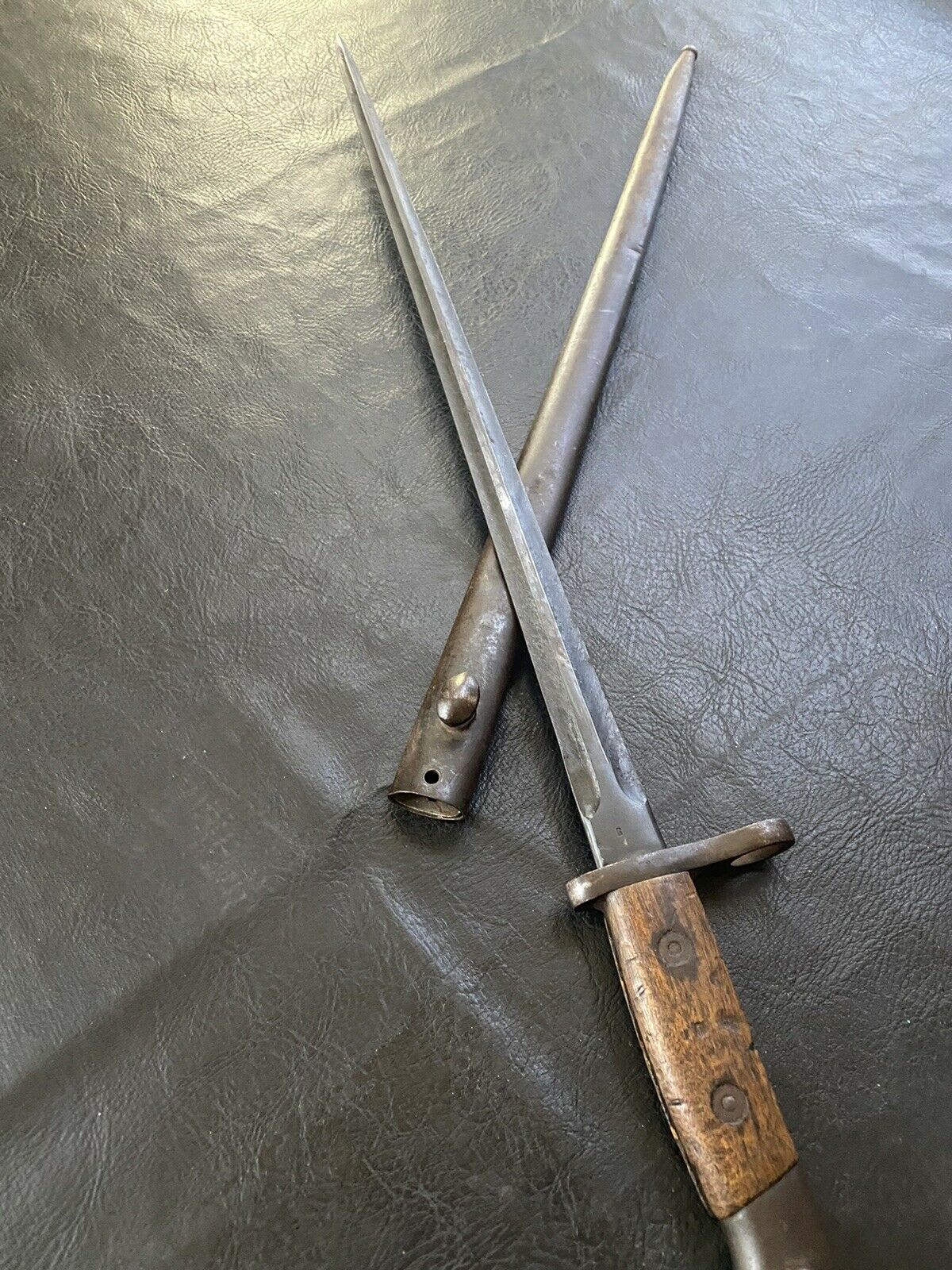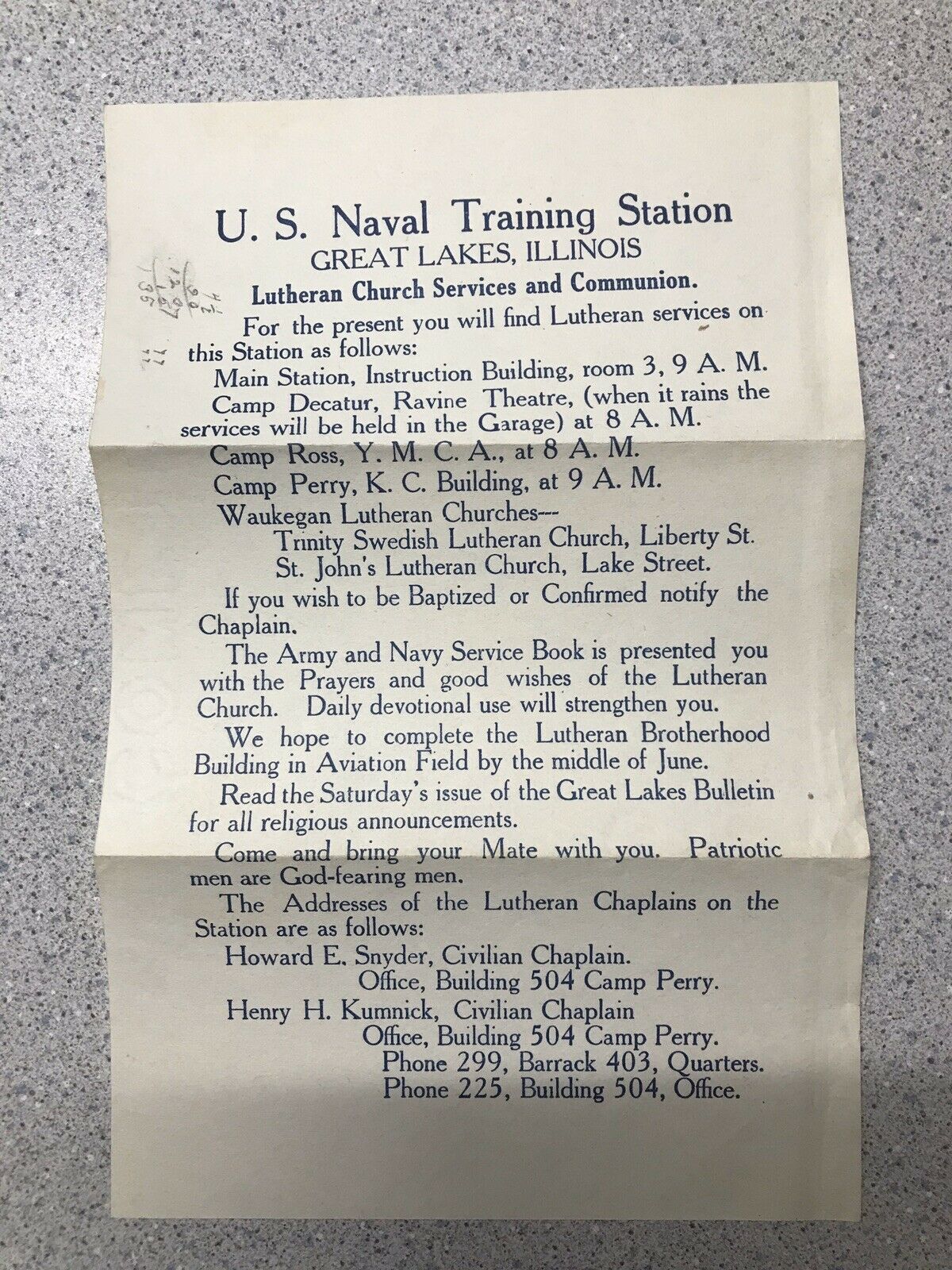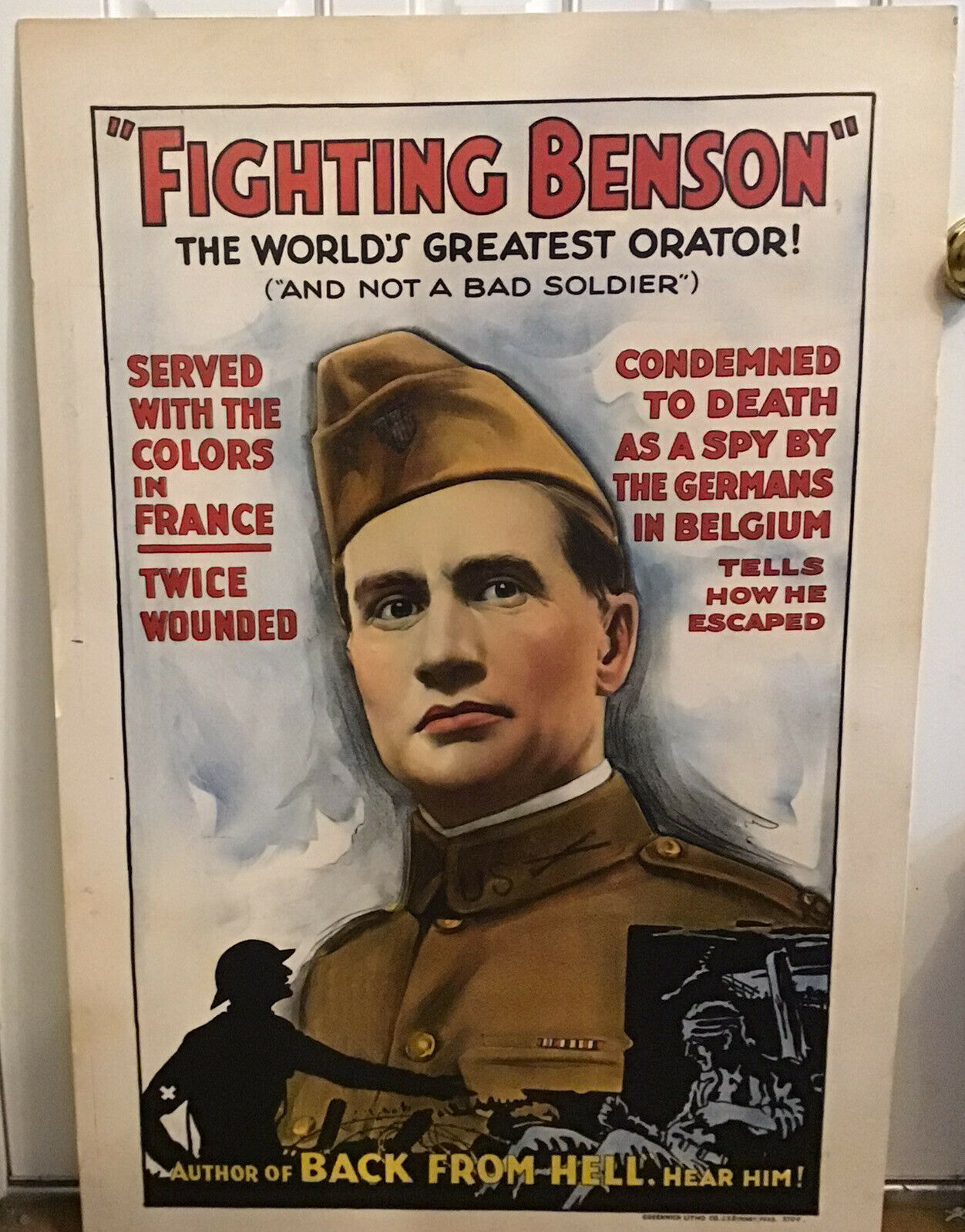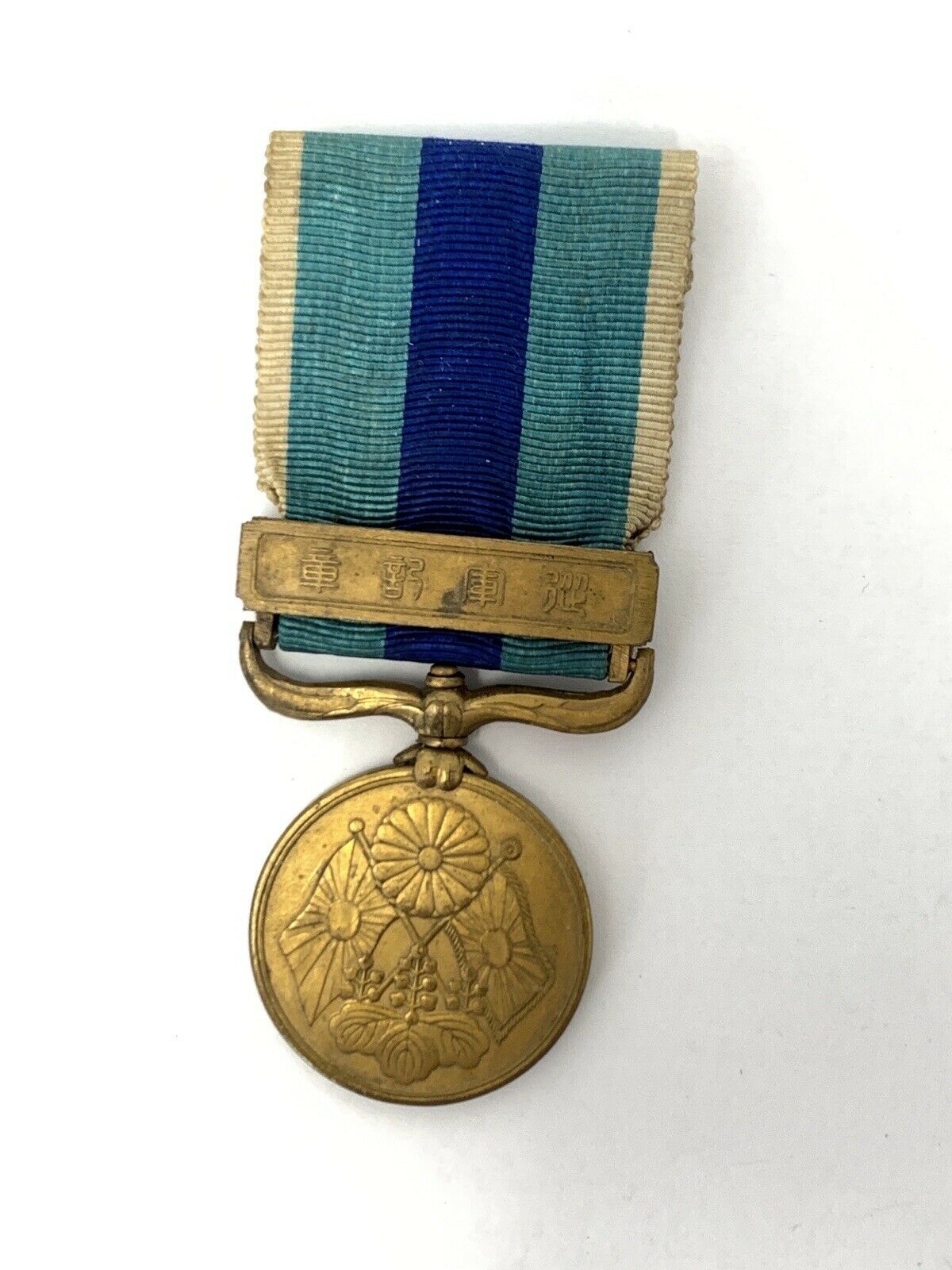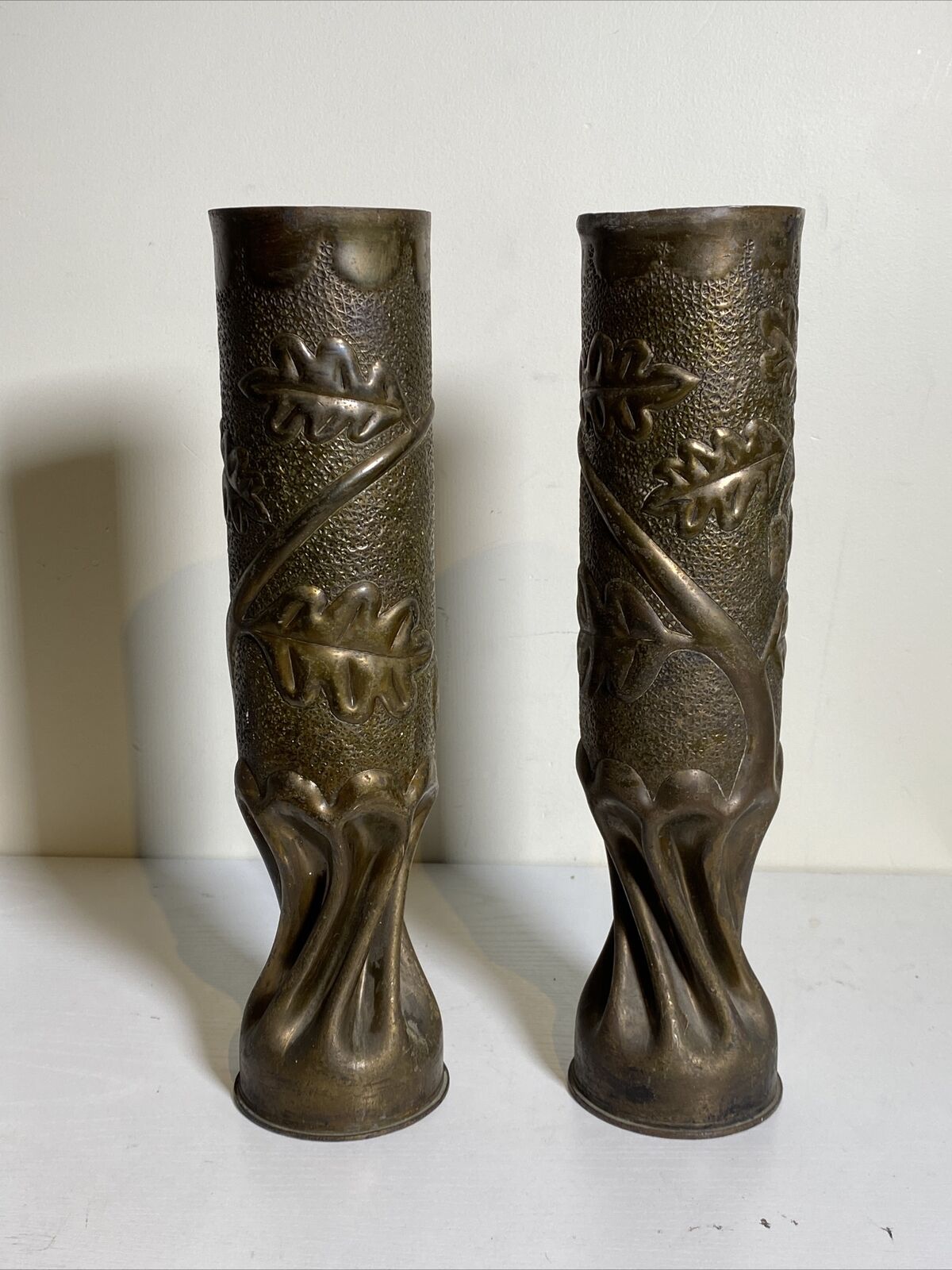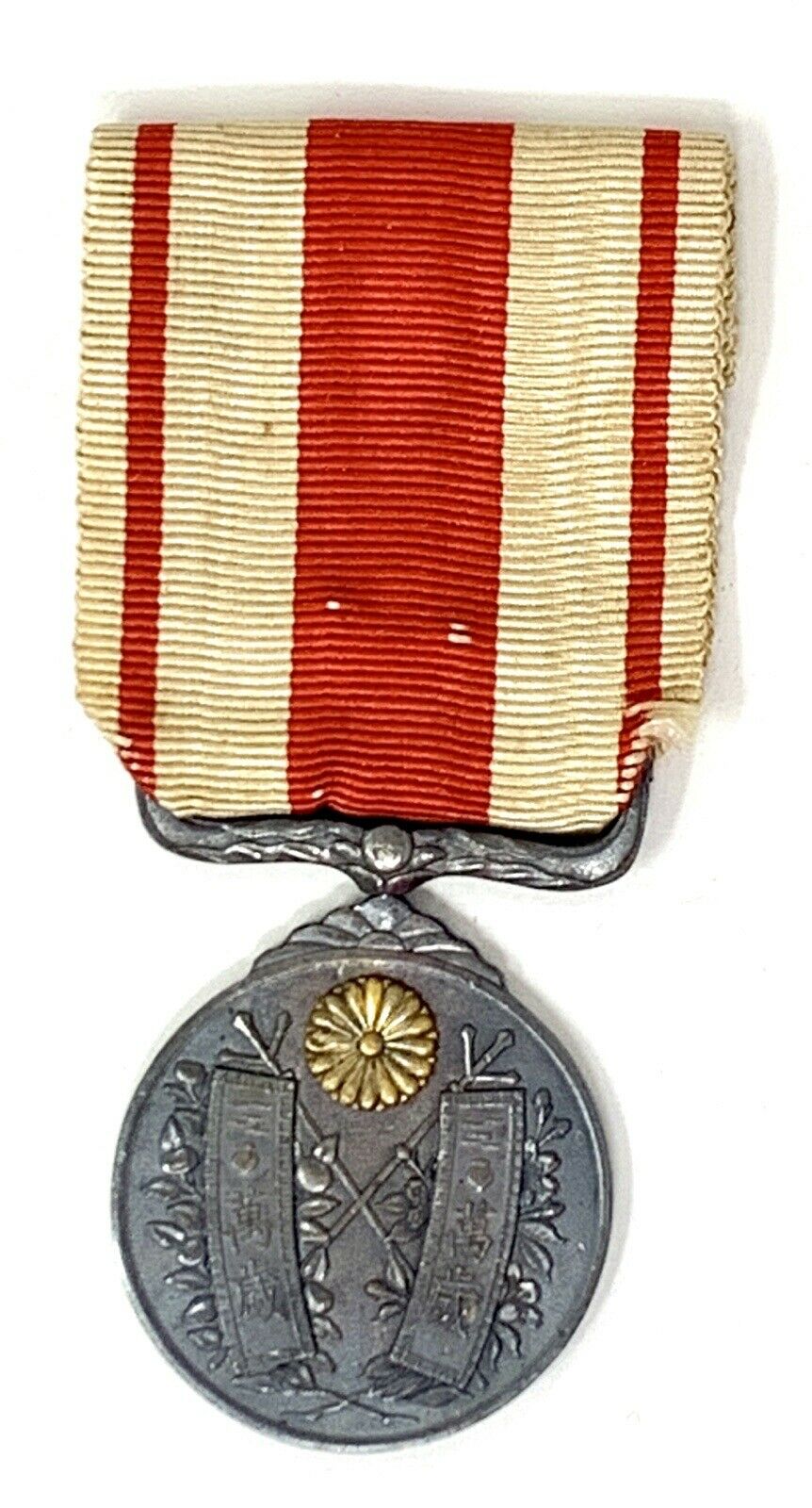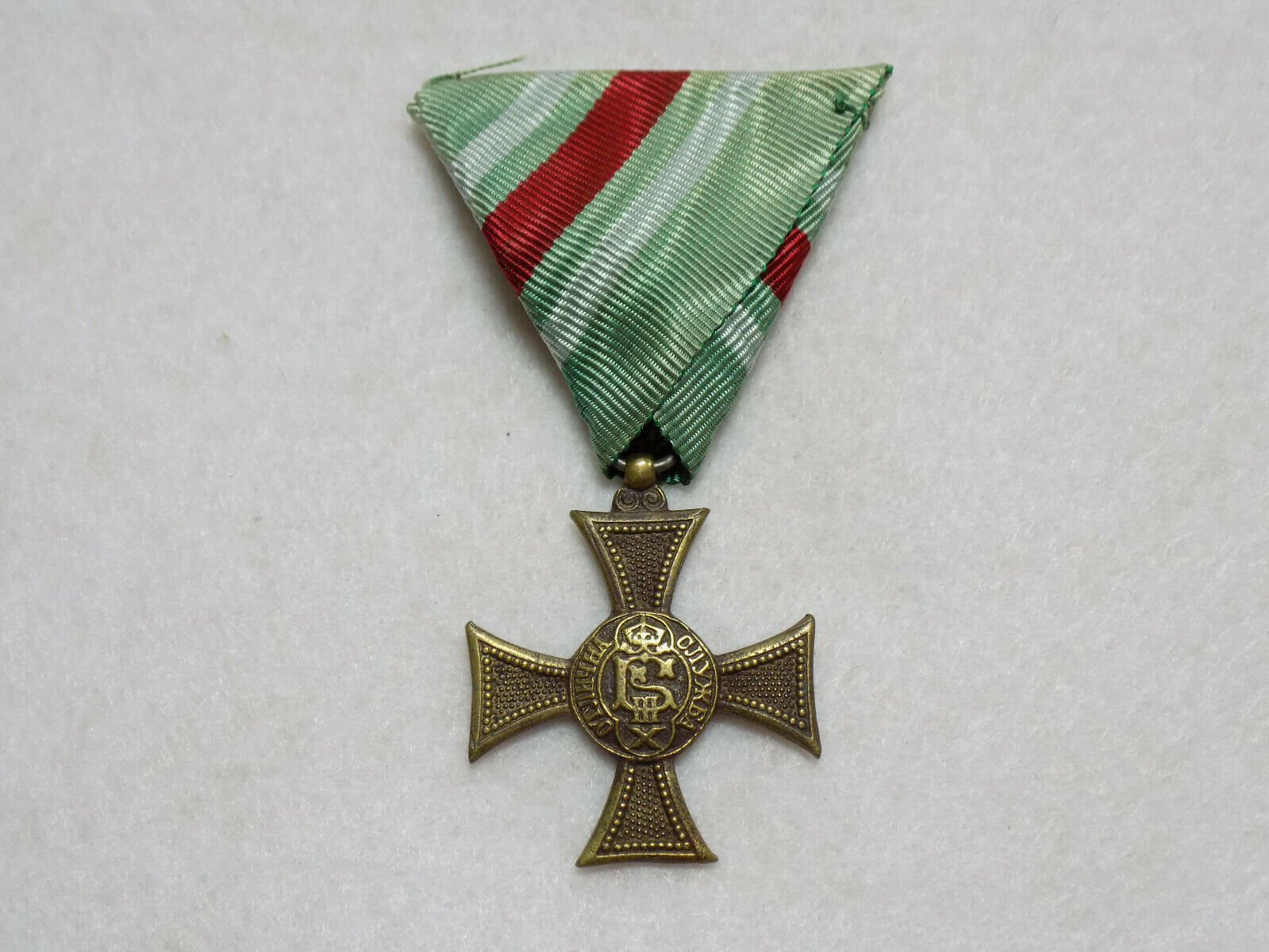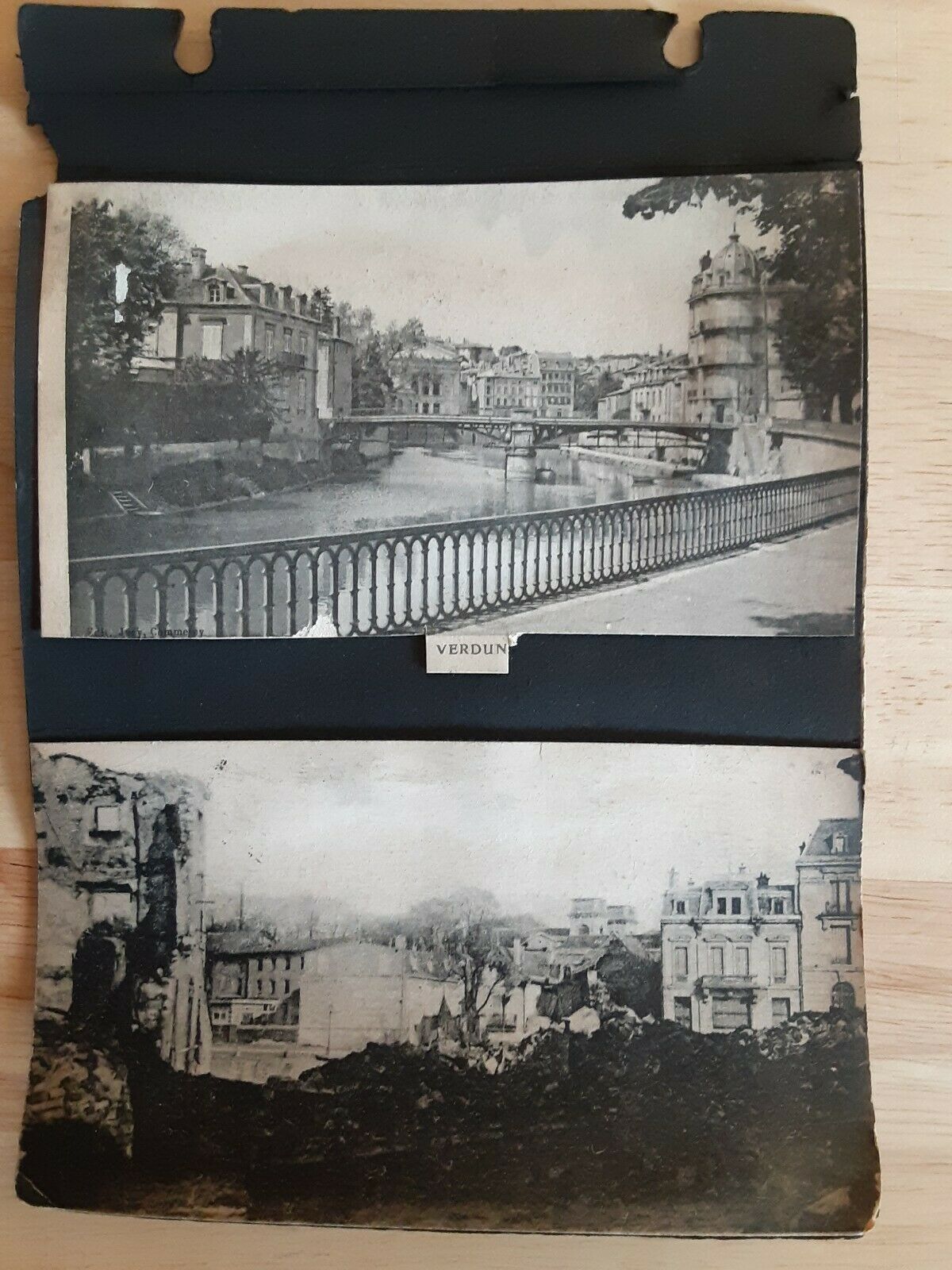-40%
Belgium WWI M1916 Bayonet For M1889 Mauser Rifle With Scabbard
$ 184.79
- Description
- Size Guide
Description
M1916 Belgium Bayonet W/ Scabbard.Comes as photographed
Estate sale find, appears unrestored
No returns
Free shipping
Info from WorldBayonets.com
Sword bayonet for use with the 7.65 mm. M1889 Mauser rifle.
Much of the conventional wisdom regarding Belgian Mauser bayonets was clarified by research published in 2016 by Anthony Vanderlinden in his book, FN Mauser Rifles.
M1916 bayonets were produced from 1916–1918 at Manufacture D'Armes de le Etat (Arms Manufacturer of the State): abbreviated MAE. During this period, MAE had temporary factories in Calais, France; and Birmingham, England, having been forced to evacuate their Liege factory in 1914.
The wartime M1916 bayonets included a number of variants among which Belgium made no distinction. Bayonets of conventional construction, with the crosspiece pinned to the tang (visually identified by the tang meeting the crosspiece at a right angle), were conversions of earlier M1889 bayonets. The hooked lower crosspiece was deleted and the blade replaced. This probably accounts for the relative scarcity of M1889 bayonets today.
New made M1916 bayonets had the hilt made from a single forging, visually identified by a radiused transition where the crosspiece meets the tang.
Blades were either of a flattened cruciform profile or T-back blades salvaged from French M1874 Gras bayonets. Blade length was 450 mm. Many, including this example, were subsequently shortened during rework. The scabbard has been shortened by cutting off the lower portion and neatly brazing a cap on the end.
The muzzle ring diameter was 17.5 mm. Regardless of manufacturing process, blade profile, or blade length, if the muzzle ring diameter was 17.5 mm., the bayonet was designated M1916.
The "1Ch" crosspiece marking indicates use by the 1st Division
de Chasseurs Ardennais
(in English, The Ardennes Hunters), one of the most capable Belgian Army units to fight in 1940. The
Chasseurs Ardennais
were a small, highly mobile infantry force, equipped with light armored vehicles, motorcycles, and bicycles. The Division took the brunt of the German onslaught on May 10, 1940, as German panzers struck the low countries through the Ardennes Forest.
The
Chasseurs Ardennais'
mission was to delay the Germans and prevent them from encircling the Belgian Army, before French troops could come up to help stop the German advance at the Meuse River. At Bodange, vastly outnumbered and outgunned
Chasseurs Ardennais
held up Rommel's 7th Panzer Division for 9 hours, before giving ground. The Division fought its way completely across Belgium during the 18 days of combat, making its final four-day stand at Lille, France, buying the British precious time to evacuate Dunkirk.
With no chance of evacuation, many of the
Chasseurs Ardennais
evaded capture and fought on with the
Maquis
(resistance). More than 500
Chasseurs Ardennais
were killed in the 18 days of May 1940. Over 200 more were later killed fighting with the resistance. Reconstituted after the German surrender, the
Chasseurs Ardennais
remains one of the most prestigious regiments in the Belgian Army, having served in Korea, the Belgian Congo, Bosnia, Kosovo, and Afghanistan.
